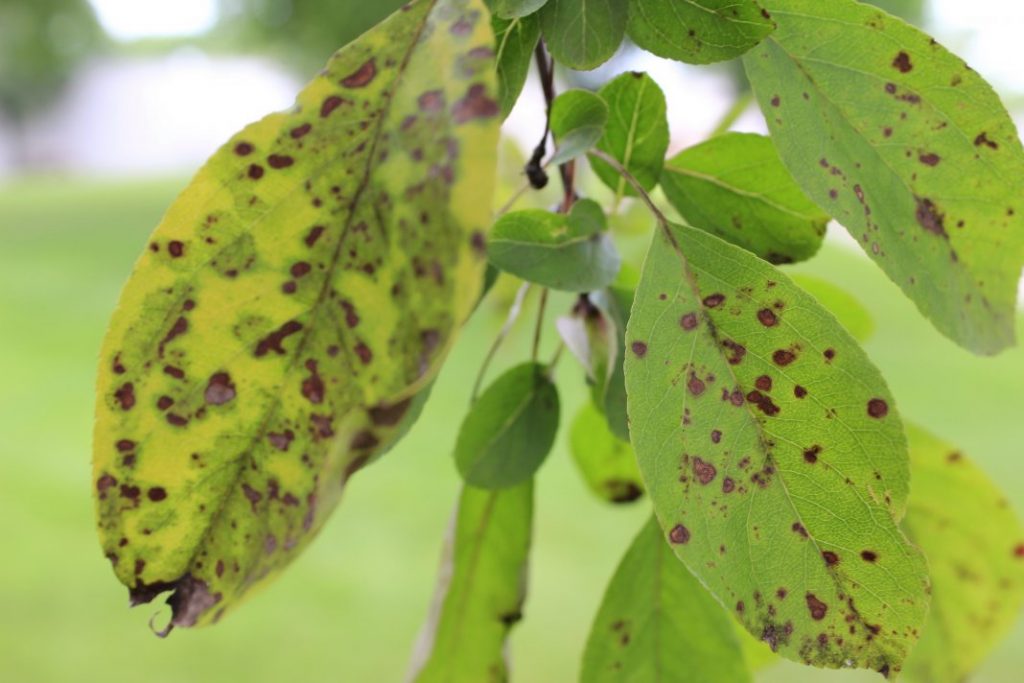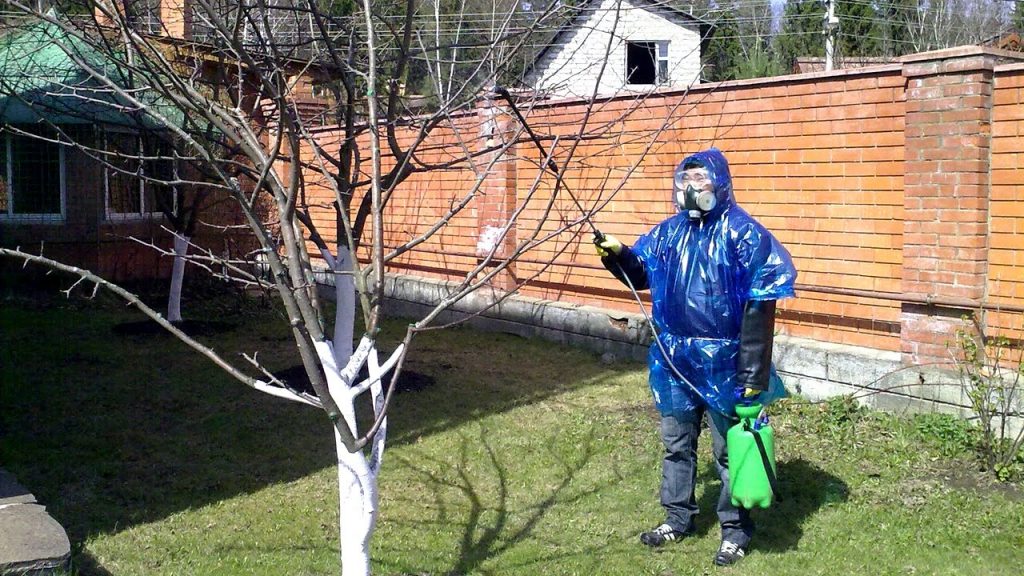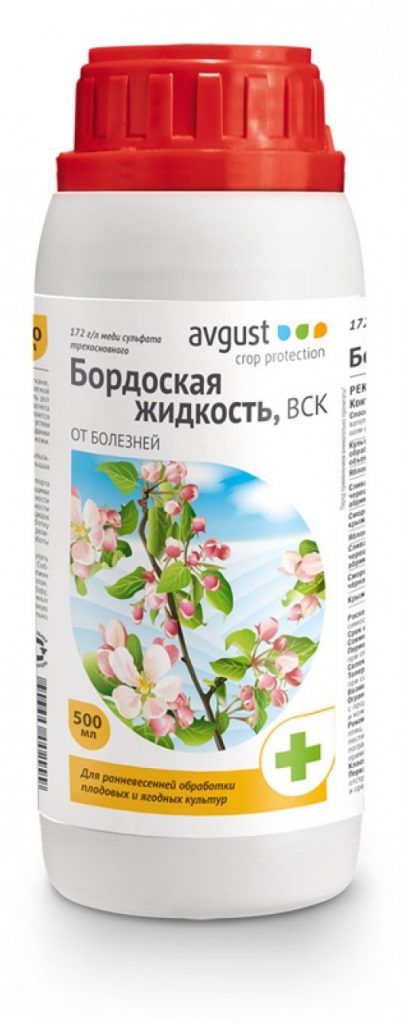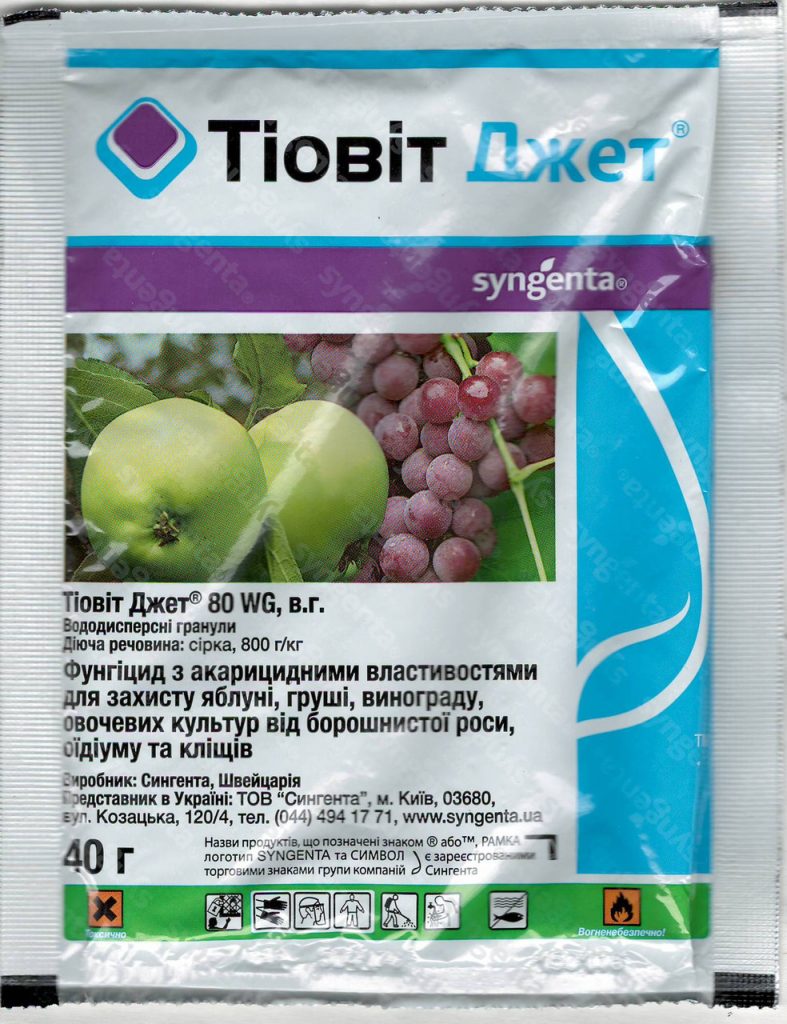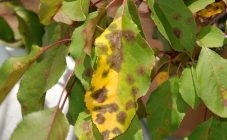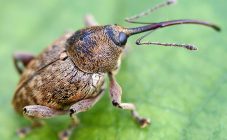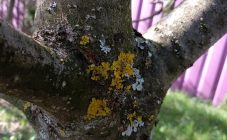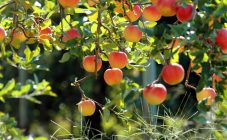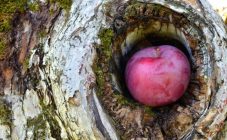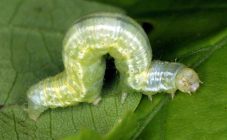Content:
Many gardeners have seen what happened to apple trees after the scab appeared. In the spring, the absence of this disease does not mean at all that it will not happen later. The gardener must be vigilant about these things.
For a rather long period of time, the disease may not declare itself in any way, waiting for favorable weather conditions, and immediately become more active when they occur.
Apple trees in the garden should be examined frequently for scab symptoms. They may look quite normal for the time being. When the slightest signs of a scab beginning to appear, the necessary measures are taken. In almost every garden, the disease sooner or later appears, it is not too easy to fight it, but still quite realistic.
Signs
The description can begin with the fact that scab on an apple tree grows well in humid conditions. This can be facilitated by rains that go on for a long time, as well as fog and other all kinds of dampness. With the onset of spring, the scab fungus appears on the shoots of apple trees and their bark, gradually moving further along the tree.
It is very easy to determine the disease on apple trees:
- Young shoots become dark in color, more often brown and black, begin to dry;
- The foliage falls off before its usual time;
- More mature branches crack, and pits are visible in them, rather large and deep;
- The apples are covered with brown spots. The fruit also cracks and may fall off.
First of all, fresh, young leaves located at the very top of the shoots are affected. Lighter colored spots are most often completely invisible, but after a while they become darker. In addition, their size increases significantly and at some point they join, forming whole foci of the disease.
Those places on the apples that were touched by the scab harden, after which the fruit cracks and, in the end, the whole apple is covered by the disease. The leaves of the tree dry out and fall off during a disease.
The fungus that causes the disease can be found on any apple varieties. It gets its best development in gardens with an increased density of trees and other plants in wet rainy weather. Mature apple trees, as well as very young trees, are primarily attacked by the fungus. The region in which the garden is located does not matter, the disease is seen in all places.
Scab on apples significantly reduces the yield of apple trees, an abnormal development of the fruit occurs, which loses its taste and marketability. For the next 3 years after the defeat of the disease, these properties will persist.
Danger to culture
The apple tree does not die from infection with this disease. The longer it continues to exist, the better it is for the fungus. The tree gives it the ability to live and spread.
This is what happens to a tree during an illness:
- It becomes much harder for the culture to breathe, and the substances that feed it are poorly absorbed;
- When the disease is very severe, the leaves fall off early, and the tree may therefore be more prone to freezing in winter;
- The affected branches, as well as shoots affected by the scab fungus, will most likely not bear fruit the next year;
- Fruits that have been infected with this fungus are not stored for a long time.
When to spray
An early start of treatment, at the first signs of a tree disease with a scab fungus, will allow you to hope for a good result and a saved harvest. This will help the gardener avoid high costs, both financial and labor.
Trees are processed at absolutely any time of the year, except for the winter period. Usually, spraying begins with the arrival of spring, when there is no more snow, and the weather has become more or less warm.
Many gardeners are interested in the question: when a scab appears on an apple tree in spring, how to deal with it? Spraying work is carried out until the flowering of apple trees, during flowering this should not be done in any case, otherwise you can lose the crop. In the spring, apple trees can be cured with chemicals and folk methods. The main thing is to process it more than once, but to do it systematically. From folk methods, a solution of salt and an infusion of horsetail are used.
After flowering is over, after about 2 or 3 weeks, you can continue spraying. At this time, ripening apples are already clearly visible on the apple trees. In spring, all work is carefully checked according to the instructions that are attached to the preparation used for treatment, because the correct exposure between treatments is a very important aspect. If time periods are violated, trees can be damaged.
In summer, the garden is cultivated at any time convenient for the gardener. Early ripening varieties stop spraying about a month before the apples ripen.
In the fall, work begins after the entire crop has been harvested. At this time, stronger and more concentrated solutions are used, without fear of harming the culture.
Post-flowering treatment
After the apple trees have ended their flowering time, around mid-May, trees are sprayed against diseases and pests.
The following drugs and formulations are used:
- Insecticide Karbofos is diluted in a proportion of 30 g of the drug for 5 buckets of water. Apply about 8 liters of the resulting product for large apple trees and 2-3 liters for young trees, even before fruiting;
- A solution of the very poisonous drug Chlorophos is prepared at the rate of 35 g per 5 liters of water. Its action lasts about 10 days;
- Benzophosphate is an active insecticide. Prepared according to the scheme 35 g for 5 liters of water. This drug is used no more than 2 times a year.
With a strong degree of the disease, it can be sprayed with copper, as well as herbal infusions.
Processing in June
In summer, when a scab is affected, you can notice such signs as the appearance of olive-colored spots, small in size. They are observed on the leaves of the plant, as well as on still young shoots. In this case, they begin to treat with the help of folk methods and biological drugs.
Such treatment is especially effective at the initial stage of the disease. Scab spores do not spread to other parts of the tree, and most importantly, they do not accumulate in ripening apples.
From folk remedies, mustard powder can be distinguished, which is used both to combat the fungus and for preventive measures. The first treatment with it is used at the beginning of summer and the procedure is repeated after 3-4 weeks, already in July, or if signs of fungus are noticed on the apple tree.
Four tablespoons of mustard powder are first diluted in a small amount of water, and then the resulting solution is added to a bucket of water. This mixture adheres very well to leaves that are wet after rain.
Potassium permanganate also helps in the destruction of fungal spores. It is necessary to prepare a solution that is not too bright in color so that the leaves of the apple tree do not get burned. There is no need to be afraid of staining the leaves of the tree pink, from this there will be absolutely no harm to the plant. In summer, it is recommended to use this treatment no more than 3 times and it is necessary to maintain a time interval of 3 weeks between procedures.
Scab preparations
Usually, in gardening on a personal plot, drugs are used that contain a minimum of harmful substances and have a low hazard to plants and humans. For spraying apple trees, Bordeaux mixture is often used. This tool is absolutely harmless, provided that the processing standards and deadlines are met.
In one season, apple trees are processed with this mixture about 7 times. This treatment is called "blue spraying", due to the presence of the corresponding color solution. This blend contains calcium and copper.
You can buy this product in specialized stores, it can be either dry or liquid. It is quite possible to make such a tool yourself, knowing the required proportions of copper sulfate and lime.
When preparing a mixture yourself, you need to remember that each component must be diluted in water separately from the other, and then they can be mixed.
Spraying is carried out with great care, since the mixture works best on the diseased areas. Bordeaux mixture has a rather long period of action, which lasts about a month.
Bordeaux liquid can easily be replaced by a drug called Hom, which contains copper oxychloride. We can say that these two preparations are very similar in their action, but the first additionally contains calcium in the composition, and this is beneficial for the soil.
Hom can be purchased as a powder, which is then dissolved in water. This is a contact fungicide, it is easily washed off with ordinary rain, as it is on the surface of the plant, without penetrating the tissues. They can process apple trees no more than 6 times in one season. The prepared mixture must be applied immediately.
The fact is that at such high ambient temperatures, too much gas evolution occurs. This contributes to the formation of a cloud of sulfur near the tree, which can harm birds, rodents and insects.
Colloidal sulfur solution, which is crushed to a very fine state, is very popular with gardeners. The treatment procedure should be carried out on days when the weather is clear and dry. With high humidity, there will be no sense in action.
Features of use:
- To combat scab on an apple tree, 40 g of sulfur are diluted in 5 liters of water;
- For one tree, you need to use about 10 liters;
- You can process it no more than 5 times per season;
- The gap should be equal to two weeks.
This drug decomposes rather quickly and does not remain in the soil. They also cannot handle apple trees when they are in bloom.
A tool is also used, which includes sulfur, but in the form of granules that dissolve in water.It is called Tiovit-jet. It lends itself better to colloidal sulfur to dissolve in a liquid, becoming a suspension. Acts by releasing sulfur vapors.
Take 50-80 pellets per bucket of water. The apple tree should be evenly coated with mortar. They process no more than 6 times per season. It decomposes rather quickly.
Bacterial preparations are widely used to treat scab fungus. The effectiveness of these fungicides is about 85%.
Phytosporin is produced from the scab on the apple tree; it also contains fertilizers. It is released in liquid or paste form. This drug can be used even when apples are ripe, it is not dangerous for them. An interval of half a month is maintained between procedures.
Gardening tips
Some gardeners have managed to get rid of the scab by applying a urea solution in one go. Spraying of the crown and trunk circle was carried out. The work was carried out at the end of September.
Another tip is that apple trees should not come into contact with neighbors' fruit trees. If the scab was treated in one area, but not in the other, then the disease may reappear on the treated trees, having got over from behind the fence.
According to statistics, it is believed that green apple trees can be an order of magnitude more likely to be affected by the scab fungus. But this does not mean at all that apple trees with red fruits are not subject to this. Scab develops especially strongly in neglected and old gardens.
Using the right scab control products at the right time will help the gardener get rid of it. It is necessary to constantly inspect apple trees for signs of infection. Plants must be fed, properly cared for, then they will bring a decent harvest.

